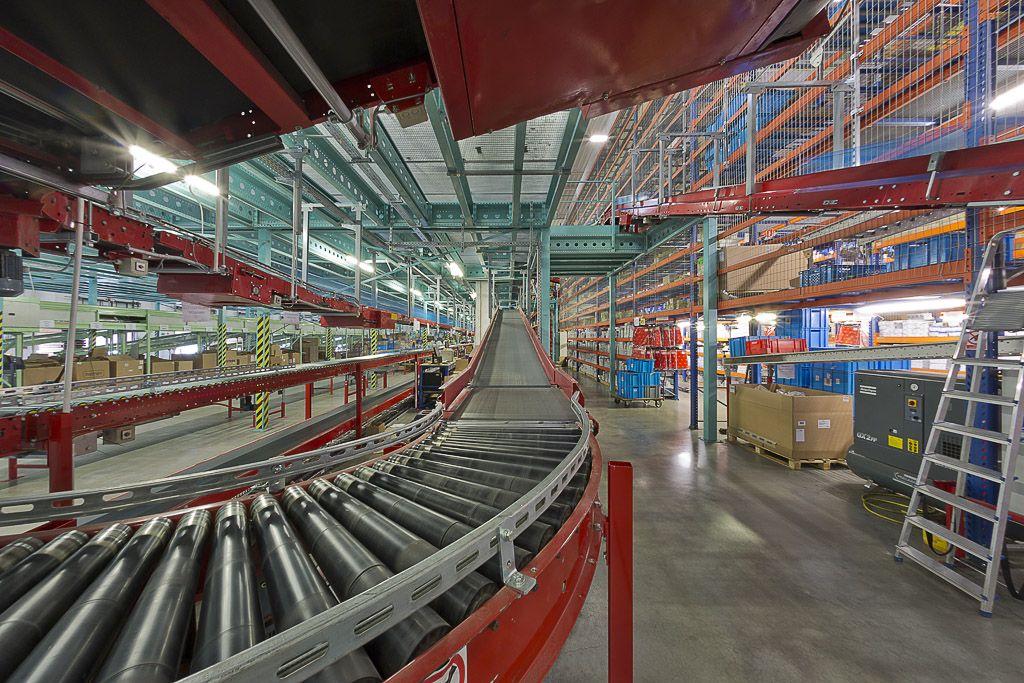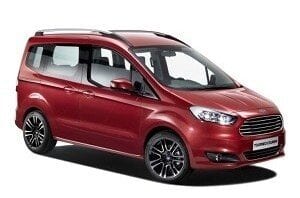
Reducing the size - what is it?
Content
Since the 70s, we have seen a process in which automotive companies have sought to reduce the size of the transmission while maintaining the performance known from older generations. Downsizing is a trend that is expected to result in economical and efficient engine operation and reduced emissions by reducing the number and volume of cylinders. Since the fashion for this type of action has a long tradition, today we can draw conclusions about whether it is possible and more environmentally friendly to replace a larger engine with a smaller one and maintain the expected performance.
What will you learn from this post?
- What were the designers' assumptions regarding the size reduction?
- How does a smaller four-cylinder engine work?
- What disagreements have arisen over the downsizing?
- What was the failure rate of small motors?
Shortly speaking
Downsized engines have two to three cylinders, each up to 0,4cc. Theoretically, they should be lighter, burn less and be cheaper to manufacture, but most of them don't work efficiently, wear out quickly, and it's hard to find an attractive price for this type of design. Produced by manufacturers of single and double recharging can improve the efficiency of the module. Successful systems include the 3 TSI three-cylinder engine in Volkswagen's smaller cars and the Škoda Octavia station wagon.
What is the reduction for?
Reduced to replacing large engines with smaller ones. However, the generalization of the concept of engine displacement to all cars is not accurate - the 1.6 engine, which sometimes turns out to be too small for a mid-range car, works brilliantly in a compact vehicle. It also happens that cars with a large powerful engine they only use their full power for a short time and the energy of the fuel used is not used efficiently.
The tendency to run the engine on a small amount of fuel is due to environmental reasons. Therefore, manufacturers have tried for years to limit engine power and ensure that during the design and production phase, so that the machine can move smoothly even with low engine parametershowever, they do not always give the desired effect.

How does a traditional engine and a downsized engine work?
Torque is responsible for creating a driving force on the engine support wheels in the cylinder. If the number of cylinders is carefully selected, combustion costs will be reduced and the best possible dynamics will be obtained.... The optimal working volume of one cylinder is 0,5–0,6 cm3. Thus, the engine power should be as follows:
- 1,0-1,2 for two-cylinder systems,
- 1,5-1,8 for three-cylinder systems,
- 2,0-2,4 for four-cylinder systems.
However, manufacturers with a spirit of downsizing see it as appropriate. cylinder volume 0,3-0,4 cm3... In theory, small dimensions are expected to result in lower operating costs and lower fuel consumption. But is it really so?
The torque increases in proportion to the cylinder size and the rotational speed decreases.because heavier components such as the connecting rod, piston and piston pin are harder to move than smaller engines. While it might seem appealing to revs quickly in a small cylinder, remember that the engine is built around it. it will not run smoothly if the displacement of each cylinder and the torque are not compatible with each other.
If the volume of the cylinder does not exceed 0,4 liters, it will be necessary to compensate for this difference in another way for smooth movement. Currently turbocharger or turbocharger with mechanical compressor. allows to increase torque at low rpm... In a process known as single or double charging, more air is forced into the combustion chamber and An "oxygenated" engine burns fuel more efficiently.... The torque is increased and the maximum power is increased depending on the rpm. Besides direct injection arising in engines with reduced dimensions, it improves the combustion of a low-value mixture of fuel and air.

What disagreements have arisen over the downsizing?
It is not difficult to find a car on the market with an engine of about 100 horsepower and a volume of no more than 1 liter. Unfortunately, modern designers' knowledge and technical capabilities do not allow meeting strict environmental standards. The effect is counterproductive and in practice, exhaust emissions increase with decreasing drive train. The assumption that a small engine means less fuel consumption is not entirely true - if the engine operating conditions with downsizing are unfavorable, can burn even more than 1.4 engines... Economic considerations can be an argument “in favor” of a case. smooth driving... With an aggressive style, fuel consumption in the city increases up to 22 liters per 100 km!
Lightweight downsized engines with fewer cylinders usually cost extra - they cost a few thousand more when you buy them. The benefits they provide are from 0,4 to 1 liter of fuel when calculated per XNUMX kilometers of travel.therefore they are definitely too small to increase the popularity of this type of module. Drivers accustomed to working with four-cylinder engines will also be inconsolable due to the sound of two- and three-cylinder models, which has nothing to do with the classic engine hum... This is because two- and three-cylinder systems generate a lot of vibration, so the sound is distorted.
On the other hand, the implementation of the main goal of reducing the size, which is to reduce the cost of refueling, overloads small motors... Consequently, such structures wear out much faster. As such, the trend was reversed, with General Motors, Volkswagen and Renault all announcing that they were phasing out the cuts in 2016.
Are there any successful examples of downsizing?
Small 0,8-1,2 cylinder cylinders, although not always, can be very successful. Smaller engines have fewer cylinders and therefore fewer parts required to heat the friction elements.... They are profitable, but only for sustainable driving. Another problem is that other problems arise when the size of the motors is reduced. This is primarily the efficiency and unreliability of technological solutions for injection or single or double charging, which decrease in proportion to the increase in load. So are there any downsizing engines worth recommending? Yes, one of them for sure the three-cylinder 1.0 TSI engine is known not only for Volkswagen compact vans, but also for the Skoda Octavia with a station wagon body.
Regardless of whether you choose a car with or without a downsized engine, you certainly take care of it regularly. You can find auto parts, working fluids and necessary cosmetics on the website avtotachki.com. Good way!

